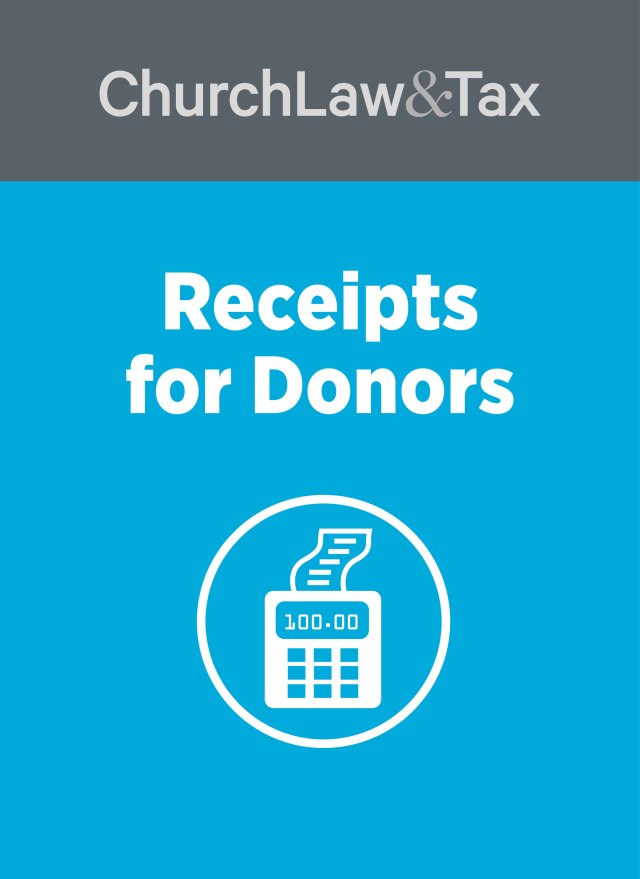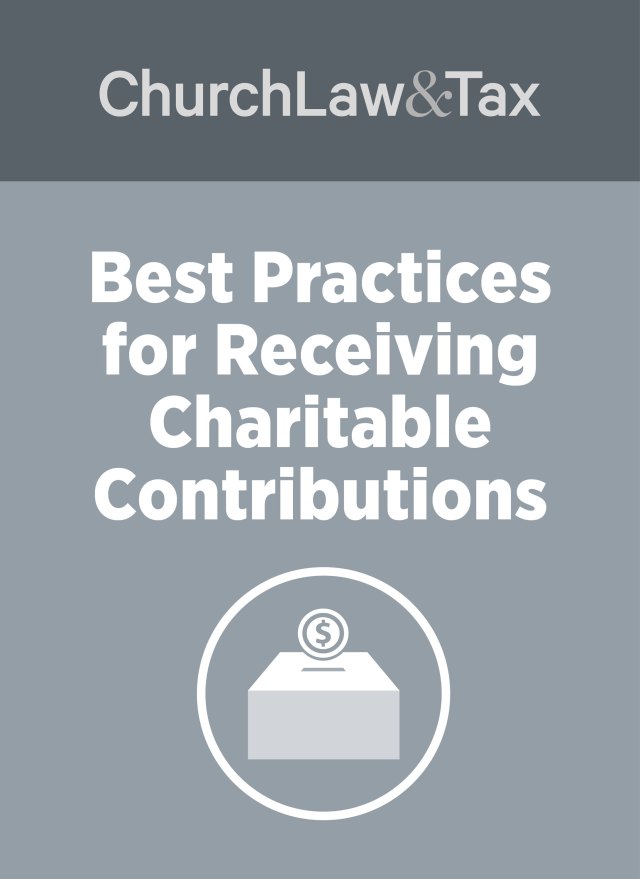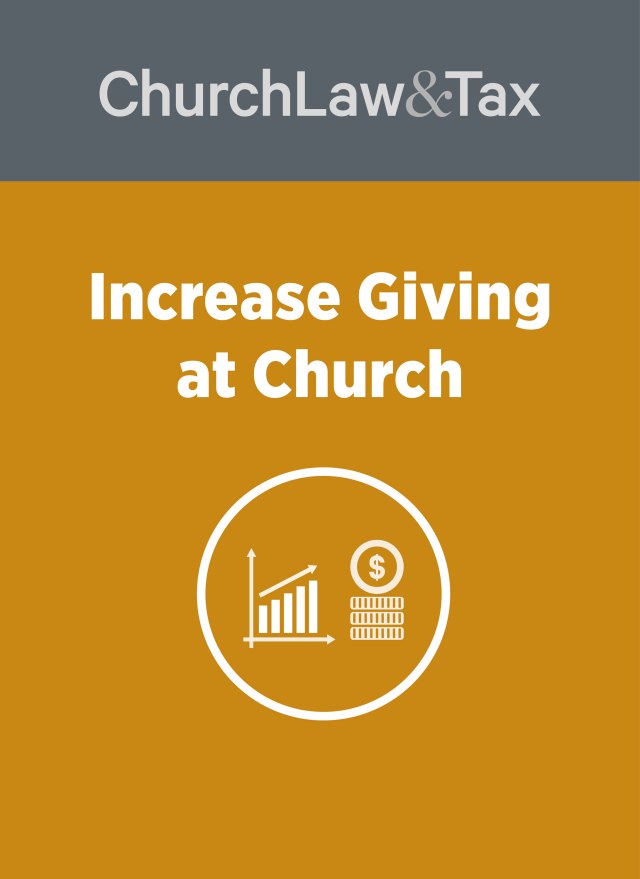• A federal court in Utah ruled that a church member’s bankruptcy plan could not be approved since he proposed to “tithe” or give 10% of his income to his church. The church member had debts of $50,000 and an annual household income of $25,000. He filed a “Chapter 13” wage-earners bankruptcy plan, under which he agreed to pay his creditors 20% of their debts. A creditor objected to the proposed plan on the ground that it listed the church member’s tithe to his church as a reasonably necessary living expense not available for distribution to creditors. Chapter 13 of the bankruptcy law requires that all of a debtor’s “disposable income” be made available for distribution to creditors, except an amount that is reasonably necessary for living expenses. The church member claimed that he believed tithing to be mandatory rather than optional. He testified that tithing “is a commandment from the Lord to pay as a debt to him for what he has done for us, for what God has done for us …. I believe that the tithing should be paid before the creditors. I believe that our greatest creditor is the Lord. He is the one that has given us the most.” A federal court rejected this argument, and ruled that the bankruptcy plan could not be approved unless the tithe was canceled and the funds made available to the creditors. The court emphasized that failure to tithe would not prevent the debtor from full participation in the activities of his church, and therefore the practice of his religion would not be adversely affected. It noted that even if failure to tithe did adversely affect the exercise of the debtor’s religion, it “would probably follow the majority line of cases that hold that while church donations may be a source of inner strength and comfort to those who feel compelled to make them, they are not necessary for the maintenance or support of the debtor or dependent of the debtor.” The court emphasized that neither the debtor nor his church was “in a position to make the Lord a priority creditor in bankruptcy.” It added: “In addition to the majority line of case law, the court notes that in interpreting [the bankruptcy law] it is important to keep in mind that the purpose of Chapter 13 is to provide the maximum recovery to creditors. Chapter 13 contemplates a substantial effort by the debtor to pay his debts which may require some sacrifice by the debtor. The integrity and credibility of Chapter 13 reorganizations would be substantially diminished if a debtor could budget charitable donations to an organization of its choice thereby forcing its creditors to make de facto contributions to that organization. Debtors wishing to continue to tithe after the filing of a bankruptcy petition are better suited for relief under Chapter 7 of the Code.” In other words, to permit debtors to make charitable contributions with a portion of their income rather than make the same amount available to their creditors in effect forces the creditors to make contributions to the debtor’s church. The court concluded that this would be inappropriate. In re Packham, 126 B.R. 603 (D. Utah 1991).
© Copyright 1992, 1998 by Church Law & Tax Report. All rights reserved. This publication is designed to provide accurate and authoritative information in regard to the subject matter covered. It is provided with the understanding that the publisher is not engaged in rendering legal, accounting, or other professional service. If legal advice or other expert assistance is required, the services of a competent professional person should be sought. Church Law & Tax Report, PO Box 1098, Matthews, NC 28106. Reference Code: m05 m08 c0492


